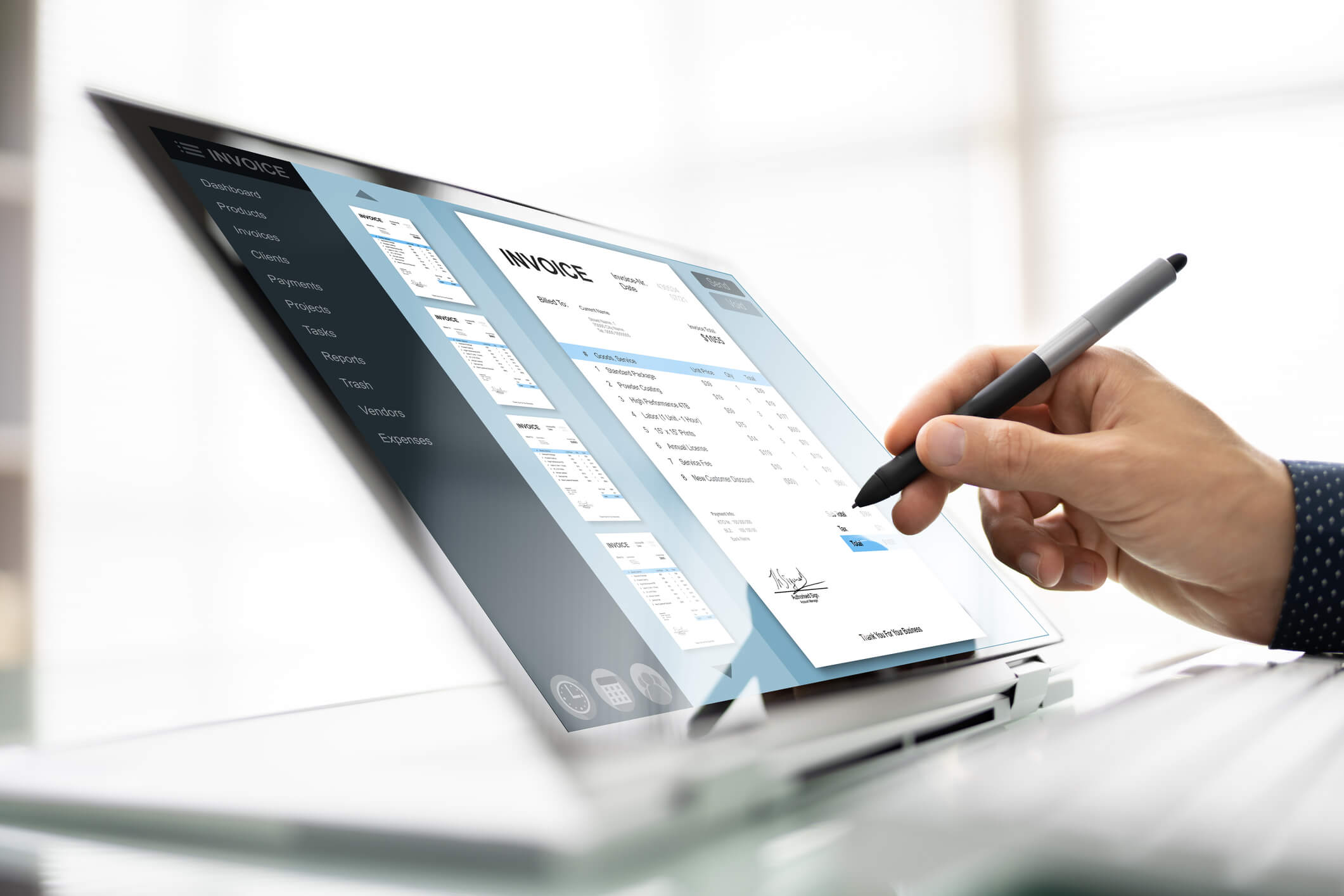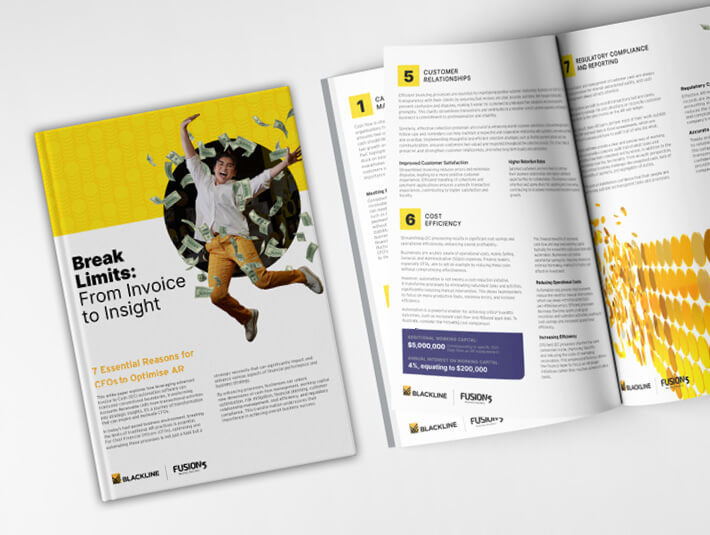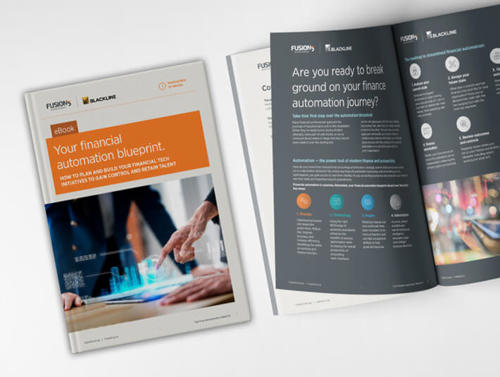Worried that e-invoicing is about to be mandatory? You’re not alone – there’s widespread confusion about e-invoicing and PEPPOL from business owners in Australia. The reality: there’s no ATO mandate (yet) but there is a growing push for e-invoice adoption – and plenty of good reasons to get ahead of the curve.
While the ATO hasn’t introduced an e-invoicing rule, it is investing in a campaign to encourage e-invoicing using the PEPPOL network. As part of that push, government bodies at all levels will now accept and send invoices through PEPPOL and encourage their suppliers to do the same.
The idea is that standardised e-invoicing will help the government accelerate payments, improve cash flow, disrupt scams, reduce manual work, and boost productivity.
What does this mean for your business? While you’re not required to switch to e-invoicing, it is worth a deeper look. All those productivity and cash-flow benefits apply to small businesses just as much as to government entities – and they could help you set yourself up for future growth.
What is PEPPOL?
PEPPOL stands for Pan-European Public Procurement Online. Despite the name, it’s an international network that lets companies and government entities exchange electronic documents – particularly invoices. To use the network, you work with a registered provider that gives you access to a secure gateway that connects you to the wider PEPPOL network. From there, you can send or receive invoices from any other business that uses PEPPOL. Essentially, it’s both a secure pathway and a global standard for e-invoicing.

Despite the generally low uptake of e-invoicing in Australia – just 10-15% of invoices are sent electronically – PEPPOL use does seem to be increasing. Between 2022 and 2025, the number of Australian businesses registered on the PEPPOL network jumped from 16,000 to 410,000.
With the government now championing e-invoicing adaptation – to the tune of $23.3 million over four years – it’s likely that more businesses will make the leap soon.
The upsides of e-invoicing
What is e-invoicing? The term refers to invoices sent directly between financial or accounting systems – emailing a PDF or other invoice document to a customer doesn’t fall into this category. True e-invoicing offers several benefits for your business, including eliminating the ‘black hole’ of human error, improving cash flow, and reducing pressure on your admin and accounting teams.
Depending on the invoicing platform you choose, you may also be able to automate key parts of the invoicing process, saving significant time.
Here’s how:
Improve cash flow
E-invoicing can significantly accelerate your payment cycle, which means fewer payment delays and improved cash flow. The ATO reports that government suppliers using PEPPOL are paid within five days.
Reduce errors and delays
By eliminating most of the manual data input involved, e-invoicing can reduce human error and the issues that come with it. It also keeps an accurate record of every invoice or document sent, giving your business a clear audit trail if needed. This helps you avoid time-consuming mistakes and missed or mislaid invoices – there’s no way to get lost in the email shuffle if you go straight to the client’s financial software.
Take pressure off your teams
As your business grows, manual invoicing quickly becomes unwieldy. Processes that worked when you had a client list in the dozens may no longer function well when you have hundreds of customers on the go.
By eliminating manual data entry, reducing errors, and automating parts of the invoicing process, e-invoicing can relieve the administrative burden on your accounting team. If you’re in a growth phase, it can also help set you up for manageable growth without the need for new team members.

Automate and accelerate
Automation is another benefit that comes with e-invoicing. Depending on your chosen platform, you may be able to automate small parts of the invoicing process – or entire workflows.
One simple example: if you use BlackLine to send invoices directly to customers, you can schedule automatic payment reminders to be sent at specific times – for example, on the due date, two days later and two weeks from non-payment. This eliminates the manual work needed to follow up with customers and helps you resolve payment issues faster.
Security and scam reduction
Finally, e-invoicing tends to be more secure than other invoicing methods. You can only use the PEPPOL network through an approved access point, with your ABN (Australian Business Number) attached. Other PEPPOL users follow the same rules, making it difficult – if not impossible – for scams to slip through.
Start prepping for e-invoicing early
While e-invoicing through PEPPOL isn’t a requirement yet, it may begin to feel like one as more Australian businesses get on board. Start planning for PEPPOL now, and you’ll be ahead of the pack when it comes to e-invoicing.
If you’re not sure where to start, BlackLine offers a simple way in. This cloud-based software platform is designed to manage complex financial processes, particularly for larger businesses. It’s a multi-purpose, modular platform that can automate everything from account reconciliation and intercompany accounting, to transaction matching and invoice delivery. It also acts as a secure, ATO-compliant PEPPOL access point, which lets you automate payment reminders, cut manual tasks, and get ahead of e-invoicing expectations.
Whether you’re focused on e-invoicing or want to explore other modules and functions, Fusion5 can help you implement BlackLine and make the most of the platform. In fact, in 2025 we were named as Gold Tier Solution providers for BlackLine in the Asia-Pacific and Japan region. We know our way around the software and we’re well-versed in e-invoicing and PEPPOL protocols, so we can support your business every step of the way.
We’re already helping Australian businesses adopt e-invoicing with BlackLine. If you’d like to hear how it’s working for others in your sector, get in touch.



